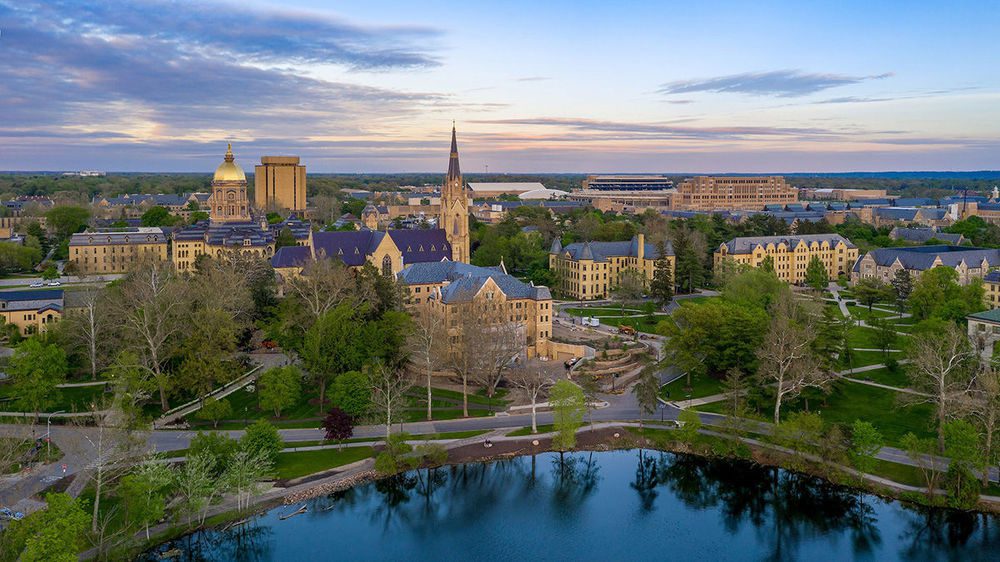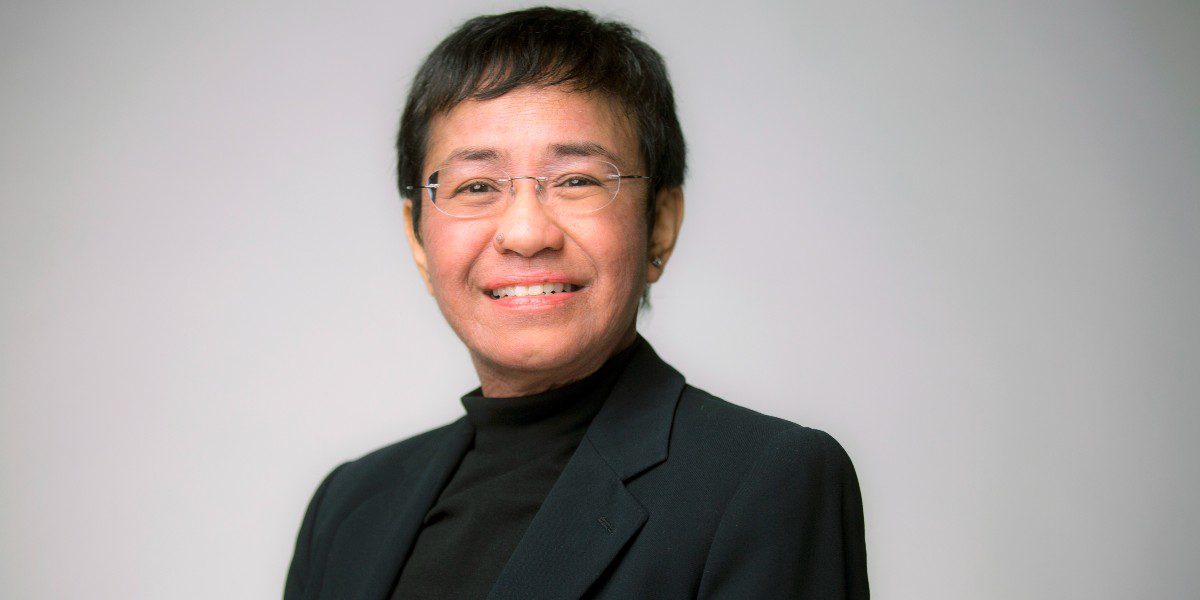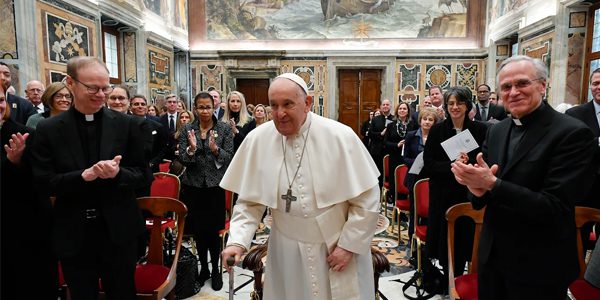Forum 21-22: Notre Dame commits to carbon neutrality by 2050

The University of Notre Dame committed to becoming a carbon neutral campus by 2050 and to a reduction in carbon dioxide of at least 65 percent from 2005 levels within the next nine years, University President Rev. John I. Jenkins, C.S.C., announced today during opening remarks at the first keynote event for this year’s Notre Dame Forum, which has as its theme “Care for Our Common Home: Just Transition to a Sustainable Future.”
“Through the conscientious work of Executive Vice President Shannon Cullinan and many others, I am pleased to announce that Notre Dame is committing to a goal of carbon neutrality by 2050 — less than 30 years from now,” Father Jenkins said. “The use of more geothermal, large-scale solar arrays, hydroelectricity, recovered energy, conservation and other emerging technologies and fuel sources will hopefully get us to a 65 percent reduction in CO2 by 2030, and to zero net neutral carbon emissions 20 years later.
“Since 2008, the need for additional space at the University, particularly in the area of research, has increased the square-footage of our buildings by one-third, requiring more heating, lighting and cooling. Despite the increase in space, however, energy consumption dropped by 11 percent. I thank the dedicated and imaginative people responsible for these remarkable achievements.”
Father Jenkins made the announcement at a fireside chat this afternoon at Washington Hall featuring NBC News’ chief environmental affairs correspondent and Notre Dame alumna and Trustee Anne Thompson and U.S. Sen. Chris Coons, co-chair of the bipartisan Senate Climate Solutions Caucus. Their conversation focused on the theme “Call to Action: Crossing the Political Divide to Address Climate Challenges.”
Achieving the energy goals articulated by Father Jenkins will require a multifaceted approach, likely including:
- Expanding the use of geothermal wells on campus.
- Adding various photovoltaic solar projects.
- Using green fuels in existing or new boilers.
- Evaluating battery storage technology.
- Improving energy efficiency.
- Capitalizing on emerging technologies.
Spurred by Pope Francis’ 2015 encyclical, Laudato Si’, Father Jenkins announced that fall that the University would stop using coal by the end of 2020. That goal was reached more than a year ahead of time when the last piece of coal was used on Oct. 14, 2019.
From a baseline year of 2005, the University already has exceeded its goal set in 2010 to achieve a 50 percent reduction in carbon emissions per gross square foot by 2030. Major projects have included:
- Two new combined-cycle, natural-gas-fired combustion gas turbines with heat-recovery steam generators.
- Three geothermal well fields located under the East Quad, Ricci Fields and the parking lot south of Notre Dame Stadium, which provide hot water for the Walsh Family Hall of Architecture, Ricci Band Rehearsal Hall, Pasquerilla Center, the forthcoming Raclin Murphy Museum of Art, and Dunne, Flaherty, Johnson and McCourtney Halls. The new geothermal systems at the East Plant and south of Notre Dame Stadium also provide chilled water that is piped to the campus-wide chilled water distribution system.
- Solar energy arrays at Fitzpatrick Hall, Stinson-Remick Hall and the Kenmore Warehouse in South Bend reduce carbon dioxide emissions by more than 680,000 pounds annually, the equivalent of removing more than 240 automobiles from the road, reducing over 2.5 million vehicle miles driven or planting more than 1,331 acres of trees.
- A 2.5-megawatt hydroelectric generation facility located at Seitz Park on the St. Joseph River in downtown South Bend will soon supply about 7 percent of the University’s electrical needs beginning next year and offset nearly 9,700 tons of carbon dioxide annually.
- Through a partnership with Indiana Michigan Power, Notre Dame now receives carbon offsets from the output of the 20-megawatt St. Joseph Solar Farm in eastern St. Joseph County.
A robust set of conservation measures on campus have included:
- Installing energy-efficient lighting.
- Establishing temperature set points.
- Tightening building operating schedules.
- Optimizing lighting and HVAC controls.
- Using low-flow water devices.
- Installing a computer-based irrigation system.
- Applying energy analytics.
- Applying variable-frequency drives on pumps and fans.
- Installing the state’s largest collection of green roofs.
- Drastically reducing food waste through robust donations of consumable food to local agencies and capturing non-consumable food waste for conversion to energy via anaerobic digestion.
- Constructing 21 LEED-certified buildings that comprise 23 percent of campus building area.
The decarbonization plan was led by Paul Kempf, assistant vice president for utilities and maintenance, and his team.
Originally published on news.nd.edu by Dennis Brown on September 10, 2021
September 10, 2021



